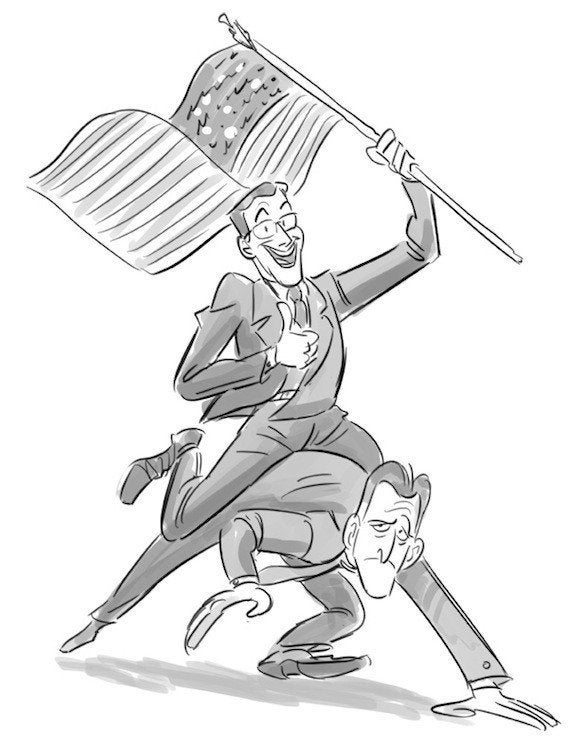
"Ninety eight percent of people who get the magazine say they read the cartoons first -- the other 2 percent are lying." --David Remmich
Tim Elmore understands the value of pictures. He wrote a series of books titled Habitudes. As he says, "There is something about an image that impacts us in a way nothing else can. Images engage us; they spark conversation and enable us to store information as we ponder them."
In a recent essay he lists seven reasons why communicating with images is so effective.
1.Pictures stick. We remember pictures long after words have left us. They give traction. We remember the stories in a long speech, not the words. They paint a picture.
2.The majority of people are visual learners. We think in pictures. We remember scenarios. If I say the word "Elephant" you think of a big, gray animal, not the letters in the word.
3.Images engage our right brain and our emotions. They grip new portions of our mind. Today's world is far more left-brained; new areas of our mind open up with images.
4.Pictures make us want to express and respond. They really are worth a thousand words. The art gallery has people talking. Why? Pictures make us want to talk.
5.Images tell stories in our imagination. They can spark a new thought each time you look. A simple picture sparks entirely new thoughts each time you look at it or think of it.
6.Pictures enable us to store information in our memories. They help us file data. A single picture can contain vast amounts of data; this enables long-term memory. Some people use pictures to help them memorize details and even stories.
7.Images are the oldest form of curriculum and the preferred method for learning. Research by Dr. Peter Houts tells people prefer pictographs to words for instruction. Throughout church history scenes in stained glass windows were used to teach theology to the illiterate.
In Elmore's essay he references the power of Thomas Nast's pictures -- cartoons, actually. Artist Thomas Nast is considered the father of the American cartoon. He created the modern versions of Santa Claus, the American icon "Uncle Sam," and the symbols for the Democratic and Republican parties, the Donkey and the Elephant.
In 1870 his editorial cartoons illustrated New York City's powerful and corrupt politician named Boss Tweed, the Commissioner of Public Works. No one could get to him until Nast began creating caricatures of him holding bags of money and stealing from the public. The cartoons went viral.
Tweed tried to bribe Nast to stop by no amount of money would assuage him. Just before Tweed was ousted from office he was quoted as saying, "We can fight the articles since nobody reads them, but we just can't stop those d*** cartoons."
Charles M. Schulz immortalized the influence of the cartoon with Charlie Brown and his friends in the Peanuts strip. Schulz said, "Cartooning is preaching. And I think we have a right to do some preaching. I hate shallow humor. I hate shallow religious humor. I hate shallow sports humor. I hate shallowness of any kind."
Pictures and words serve each other. Think of these words and the pictures associated with them:
- "That's all I can stands and I can't stands it no more." Popeye
- "Eh, what's up doc? You can't shoot a wabbit?" Bugs Bunny
- "I hate Mondays." Garfield
- "63 percent of statistics are made up...including this one." Dilbert
- "Ridicule is a burden of genius." Daffy Duck
- "No problem is so big or so complicated that I can't run from it." Charlie Brown
- "Sometimes I lie awake at night and ask, 'Where have I gone wrong?' Then a voice says to me, 'This is going to be a long night.'" Charlie Brown
- "That's the secret of life... replace one wrong with another." Charlie Brown
The worth of a picture? Priceless.
Think about it.